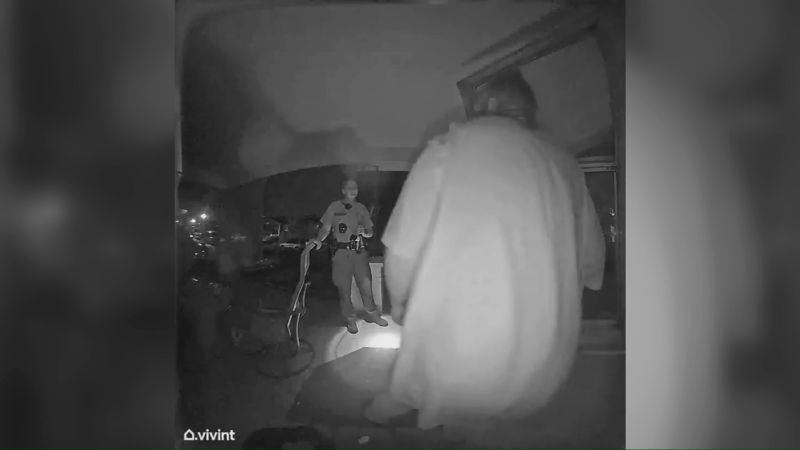Michael M . . . A recent study conducted by researchers at the Rochester Institute of Technology, or RIT, is already being cited in Federal Court cases to support the false presumption of a high rate of unreported child molestations by those convicted of child pornography offenses. This is despite the fact that it suffers from exactly the same serious flaws and inaccuracies as the infamous and thoroughly discredited “Butner Redux” study, which first appeared in the Journal of Family Violence in 2009.
For those who may be unfamiliar with the Butner Redux controversy, here are some of the basics. There were actually two studies conducted at FCI Butner. The “First Butner Study”, a preliminary study done in 2000, suggested a significantly higher rate of hands-on offenses among the population of child pornography offenders than had been known at the time of sentencing. That study involved just sixty-two people in a Sex Offender Treatment Program (SOTP) group, whose crimes “involved the production, distribution, receipt, and possession of child pornography, or involved luring a child and traveling across state lines to sexually abuse a child.”
Butner Study Redux, or the second study, was conducted between 2002 and 2005. It began with 201 SOTP participants and concluded with 155. The 46 exclusions were for voluntary withdrawals, expulsions, and one death. The results of the study suggested that at sentencing, 26% of the study subjects were known to have committed a hands-on offense against a minor. By the end of their SOTP treatment, 85% had admitted to molesting at least one child. The study’s conclusions were widely circulated in the media and cited by prosecutors in court cases to justify longer prison terms for CP defendants.
Almost immediately, the Butner studies came under intense scrutiny and criticism for institutional bias, sloppy methodology, misrepresentational sampling, flawed data gathering, and subject coercion.
First, let’s examine how this “peer reviewed study” first appeared in the Journal of Family Violence. From their submission guidelines: “Pay $3000 for Springer Open Choice [Plan] to have articles made available with full, open access.” The guidelines also state, “All manuscripts are assigned to an editor who will manage the external peer review process. The Journal encourages authors to recommend individuals who could be considered as reviewers [and] are given the opportunity to request the exclusion… of individuals.” In other words, the author gets to pick who does – and doesn’t – conduct the so-called “peer review.”


Wow. A federal probation office commissions a study from a college that can’t keep students whose conclusions are more and stricter probation. No coincidence at all.
Can’t help wondering if they just pulled up the old, long discredited Butner Redux study and gave it a new cover page. From everything I’ve read they even duplicated the flawed sampling and methodology of the original.
And finally, pretty sure the federal prosecutors currently citing this study wanted to get them admitted in a hurry, before peer review craps all over it.
The old saying from Josef Goebbels. “If a lie is told repeatedly enough times, eventually it becomes true to those that want to believe it.
We need to flood the government with accurate studies and not allow those that are bought and paid for by certain groups or that give totally inaccurate and manipulated facts a chance to make their way to superior courts where they can be used as reason to legitimize the registry.
Kat, I floated an idea several days ago but it doesn’t seem to have gotten any traction. Here it is, again: “What is the Information Quality Act (aka Data Quality Act)?” I had not heard of this before. Is this something that should be in our quiver of legal arrows? “The Information Quality Act (“IQA” aka DQA) requires federal government agencies to employ sound science in making regulations and disseminating information. It also provides a mechanism for people and companies to challenge government information they believe to be inaccurate. Business, consumer, environmental and conservation groups have all used it to pursue changes in government policies.”
https://www.safeaccessnow.org/what_is_the_information_quality_act
It constantly amazes me when these incredibly inaccurate reports come out with such a small data sampling. What’s even more incredulous is how Government seizes upon these reports long before the report has been properly vetted. This, set against Government and their own data which is constantly showing an inverse in terms of “wild speculation and claims” (see SCOTUS).
I am going out on a limb here, but it’s my limb. I would proffer that this study from RIT is going to be used time and time again by the Government in prosecution of cases, even if proven to be entirely Fugazy. It serves and could serve in the future as a reference document that can be cherry picked out of dozens reporting to the contrary. As such, the other proven sound data, and actual BOJS reports COULD end up by the wayside perhaps because once an AUSA has such a study like the RIT “Canonized” as “legitimate” in a prosecution, that may open the door to the further reference.
What is terribly disturbing is the sampling field. Close to a million Registered Citizens, but yet the sampling is from less than 300 individuals? And this draws a conclusion of such grievous and derogatory nature that it becomes a document available for reference without proper vetting? Why, just because “someone” attests to it’s alleged scientific or social veracity? HOLY $$**!
For the Prosecutors, this is an “Ah-Ha!” document. It should be vigorously defended against for inclusion in any case or proceeding and a smart Lawyer would seize upon that opportunity. Concurrently, anyone subject to ongoing supervision, and the directive for any type of polygraph as a condition of Supervised Release needs to be fully “Head’s-Up” regarding the inappropriate use of such a document in terms of it’s use as something factual.
There is Data and facts, and there is this crap. RIT should be ashamed to place its masthead on such utter crap.
Cheers.